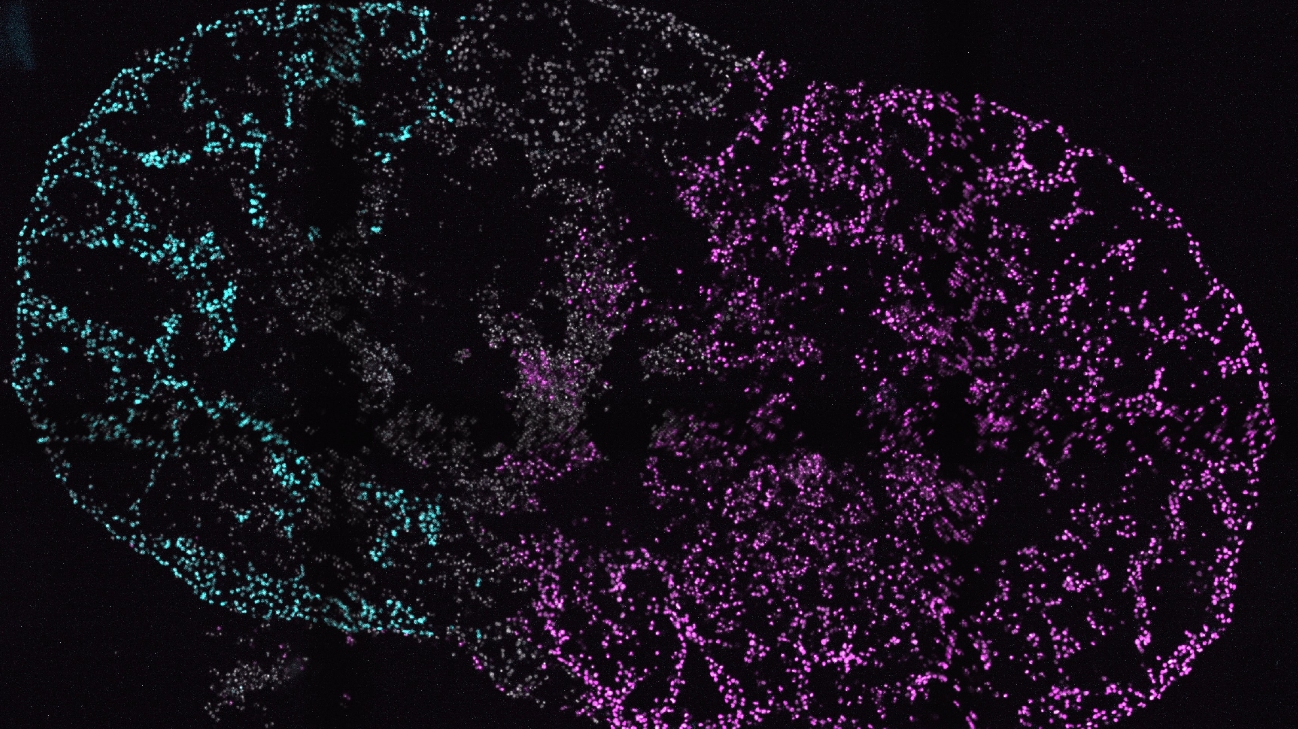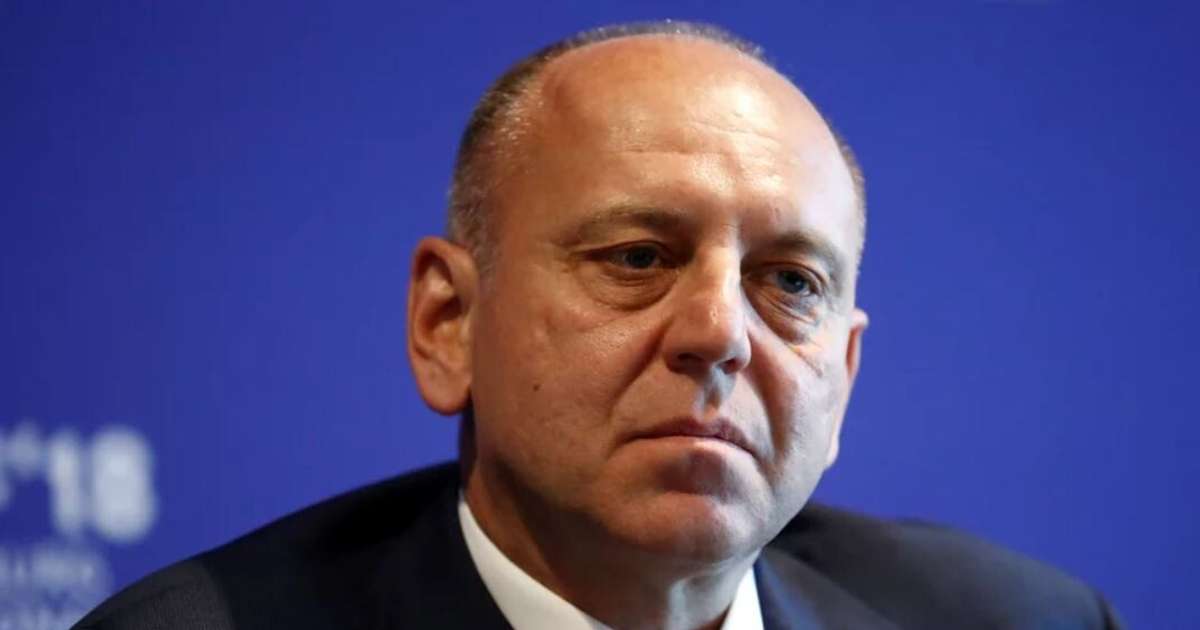Scientists have grown a beating mini heart from stem cells that has two chambers and two atria.
About 1.7 million Dutch people suffer from cardiovascular disease. About a hundred people die from it every year. Unfortunately, treating heart disease is still difficult. One of the reasons is the lack of a good disease model for research. That is now changing, because researchers from the Austrian Academy of Sciences developed a cardiovascularorganoid, called a cardioid, which mimics a real human heart. They published about this in the magazine Cell.
Also read:
From stem cells
Two years ago, the team, led by Sasha Mendjan, came up with a cardioid that consisted of one left ventricle. That made it from human pluripotent stem cells. These are stem cells from an embryo that can still form any type of tissue. By placing these cells in a bed of substances that also occur in the developing embryo heart, the cultured heart was created.
By switching off certain cardioid genes, the researchers were able to treat congenital heart disease hypoplastic left heart syndrome imitate. For example, they saw the cramped room so characteristic of the disease, which is the reason for severe oxygen deficiency in the entire body. Babies born with the condition must therefore undergo life-saving surgery shortly after birth.
Merge parts
The left ventricle of the heart is extremely important for pumping blood. But the right ventricle and the two atria serve to keep this circulation going well. Disorders can also arise there. And so this time Mendjan and colleagues built a cardioid with these components as well.
They did this by first growing the left and right ventricles and the left and right atrium separately from stem cells, and then combining them. That turned out to work, because electrical signals spread through the cardioid in the same way as a real heart. And most importantly: it was right.
Congenital defects
With the cardioid, the researchers could then study how the heart in an embryo starts beating. The left ventricle appeared to start the dance and gave rhythm to the right ventricle and atria. About two days later the atria took over and it was the ventricles that followed.
Mendjan and the team also used the cardioid to increase the effect of certain substances, such as thalidomideto examine the heart. Thalidomide is an anti-nausea drug prescribed to pregnant women in the 1950s and 1960s. That turned out to be a big mistake, because the substance caused serious congenital defects in the fetus, including in the heart. And those deformities were indeed clearly reflected in the cardioid.
Replicate a patient’s heart
According to the researchers, these are just a few examples of how the new cardioid can be used. In addition to studying heart development and testing for serious side effects of new medications, heart diseases that develop during life can also be studied. For example, a cardioid myocardial infarction can be simulated by freezing certain arteries. New therapies can then be tested, for example.
And finally, according to Mendjan and colleagues, it is even possible to create a cardioid from stem cells made from a patient’s own cells. In this way, his or her heart can be recreated and doctors can see exactly what is wrong with it and thus choose the best treatment.
Sources: Cell, MBA – Institute of Molecular Biotechnology of the Austrian Academy of Sciences via EurekAlert!
2023-11-29 14:28:37
#Created #multichamber #mini #heart #time


